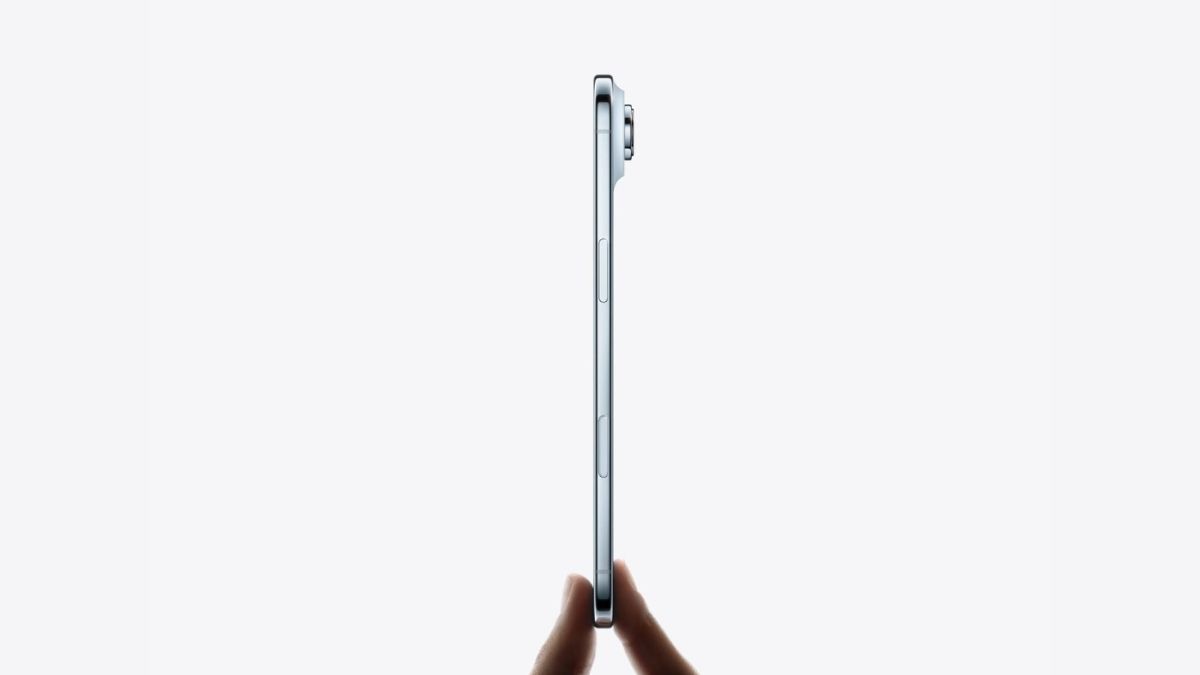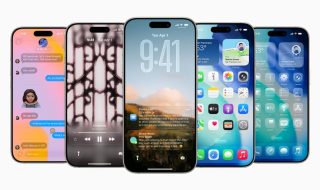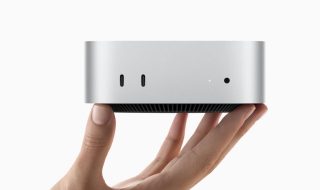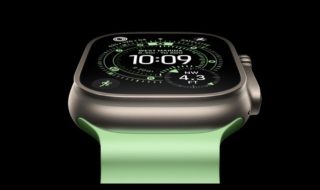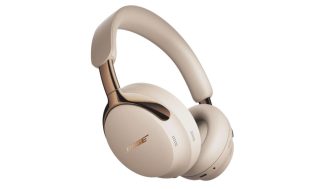The iPhone Air is Apple’s boldest design move in years. It is not just the thinnest iPhone ever, but also the first where most of the essential components, from circuits to chips, are packed inside the massive camera bump. At first glance, it feels like Apple simply wanted to make a super-slim iPhone. But maybe there is more to it.
When I looked closely at the way Apple designed the iPhone Air, it felt less like a cosmetic change and more like a trial run for future compact devices. Apple seems to be experimenting with how far it can shrink and rearrange circuits without compromising performance. And this could very well be laying the foundation for what comes next: a lighter and thinner Vision Pro.
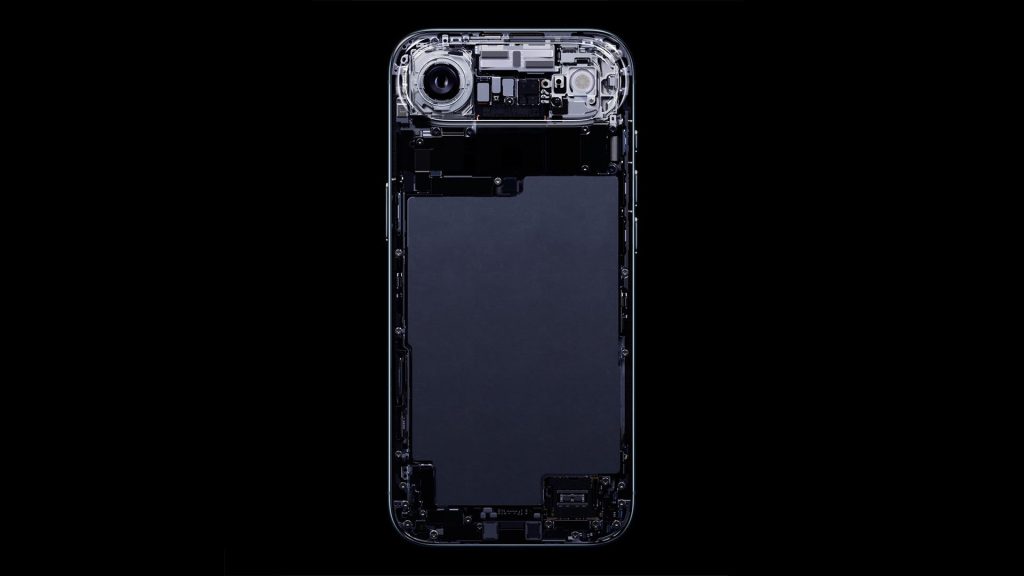
One of the biggest criticisms of the Vision Pro is its weight. Even with the battery pack moved outside, it still feels heavy on the head during long sessions. If Apple really wants to take spatial computing mainstream, it will need to rethink the entire internal layout of the headset. That means compact circuits, stacked boards, and better use of limited space.
The iPhone Air looks like a perfect test case. By moving critical components into the bump and leaving the body slim, Apple is showing it can redefine internal architecture. Imagine if the same principle is applied to a headset, packing chips and sensors into a smaller space while making the main body lighter. That is exactly what the Vision Pro needs to become more practical for everyday use.
There is also the long-term play. Apple is rumored to be working on a smaller, cheaper version of the Vision Pro and eventually AR glasses. Both products would absolutely demand this kind of miniaturization of hardware. The iPhone Air, then, might not just be a phone. It could be a proof of concept that paves the way for Apple’s next generation of wearables.
So yes, the iPhone Air might look like a design flex today, but in reality, it could be Apple’s way of solving tomorrow’s problems. And if that is true, we might look back at this device not just as the slimmest iPhone, but as the first step toward a truly compact Vision Pro.
